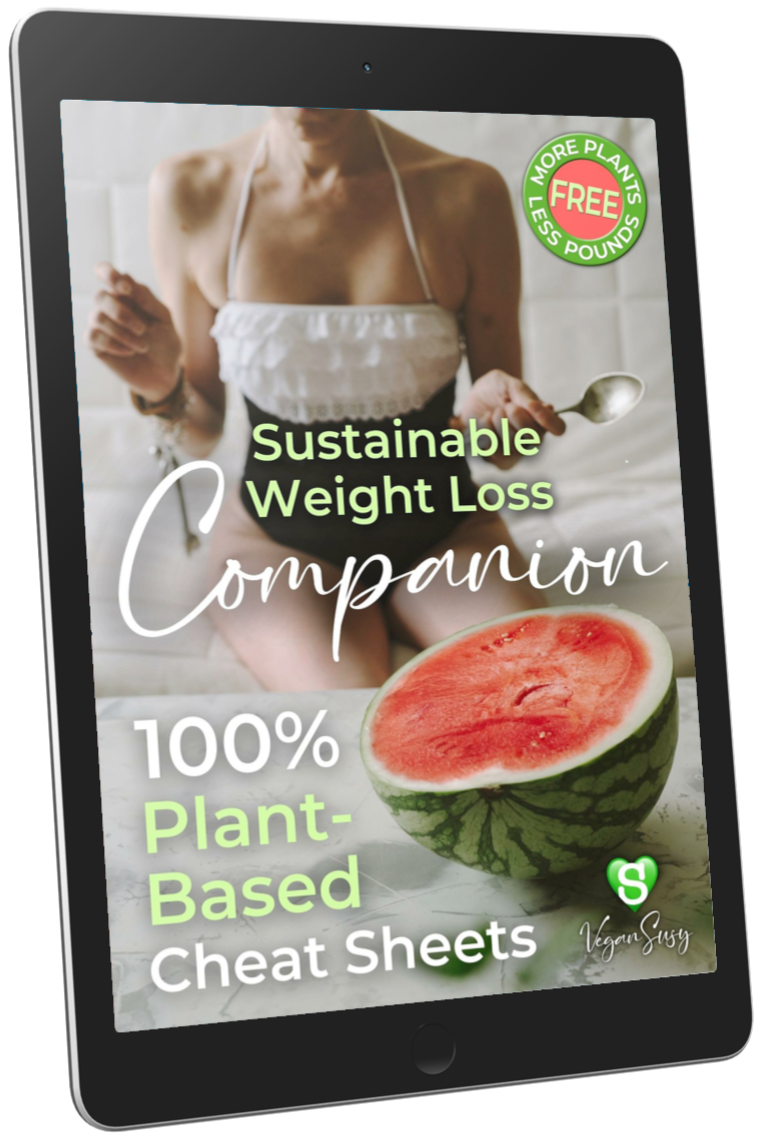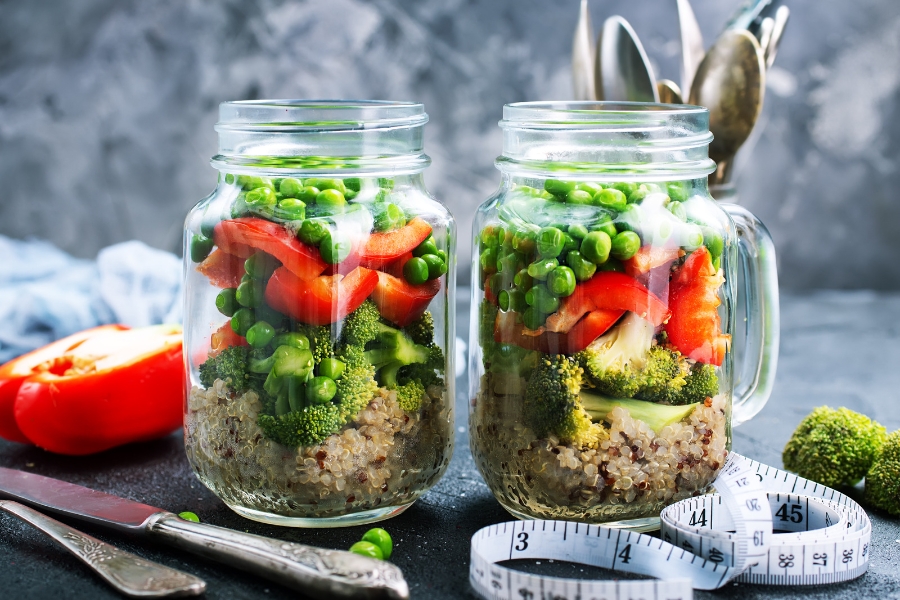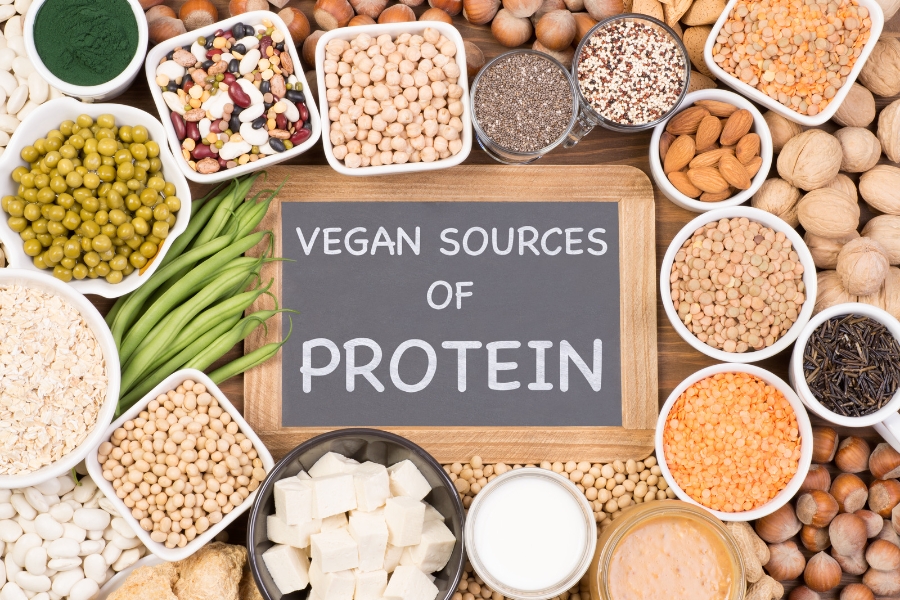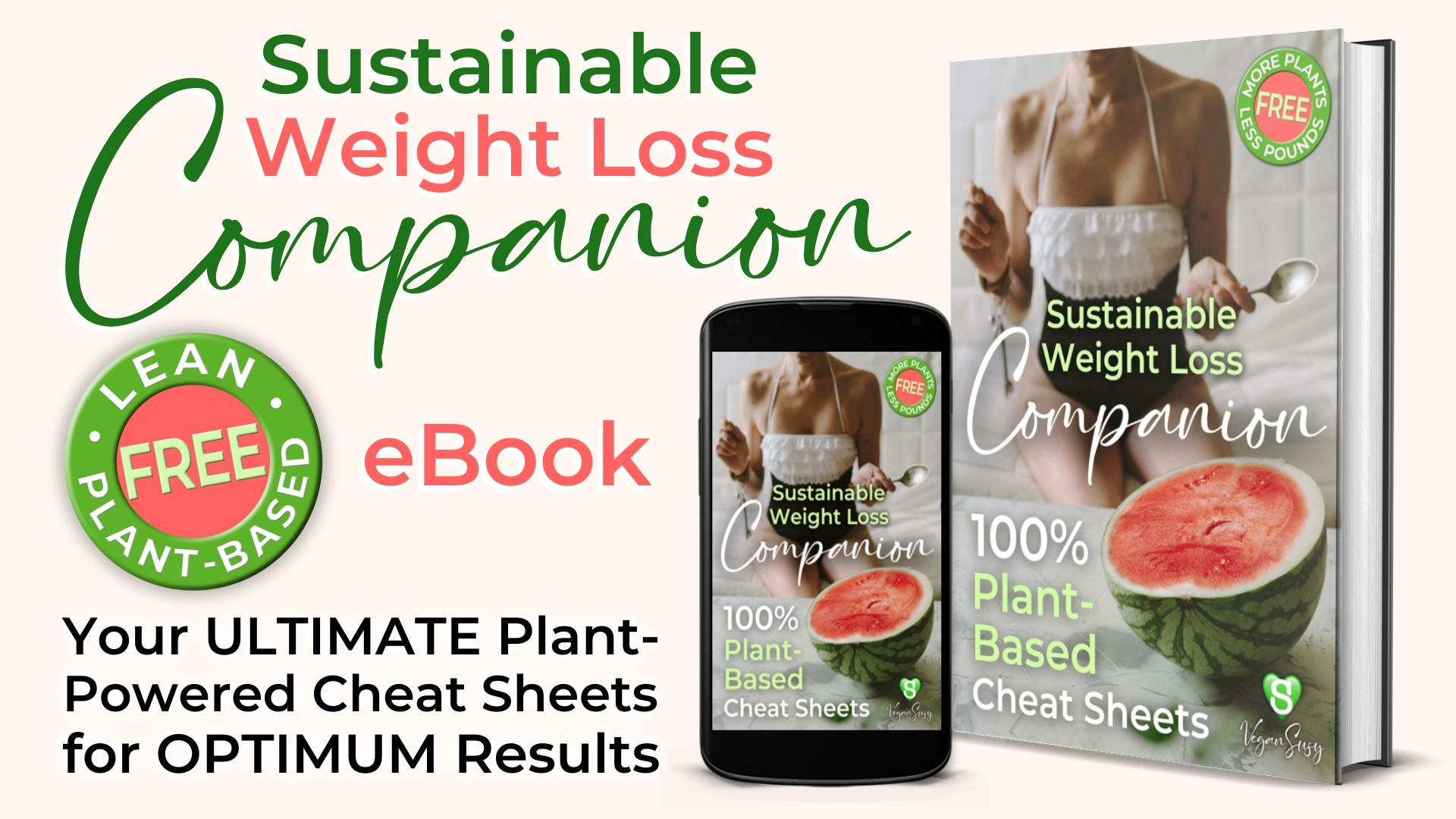
From The Exclusive Collection of FREE Plant-Based Recipes
By Plant-Based Nutrition Professional Chef Susy • Designed For Effortless Weight Loss & Weight Maintenance
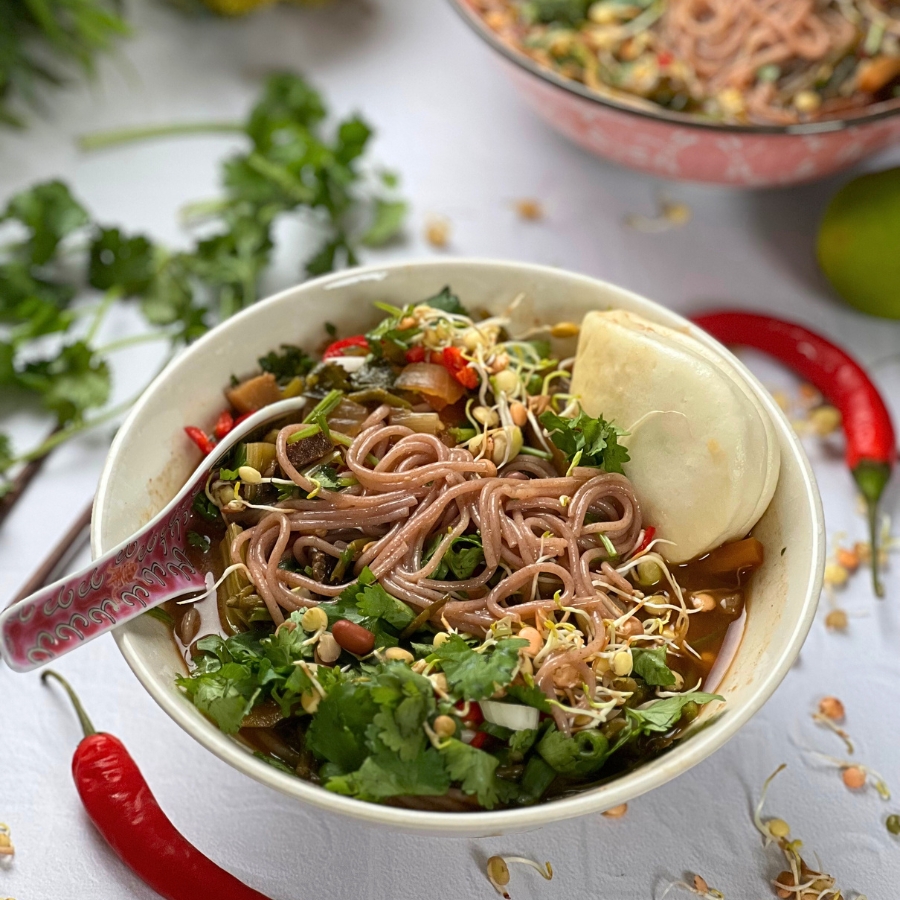
GF Vegan Chinese Noodle Soup (30-Min Recipe)
Craving something warm, hearty, and oh-so-satisfying? This vegan Chinese noodle soup is your perfect cosy companion for those chilly evenings! Packed with flavour, gluten-free, and ready in just 30 minutes—it's the ultimate comfort food you need this season.

Prep Time: 15 Mins | Cook Time: 15 Mins
Total Time: 30 Mins | Servings: Adjustable

Let's Be Friends!

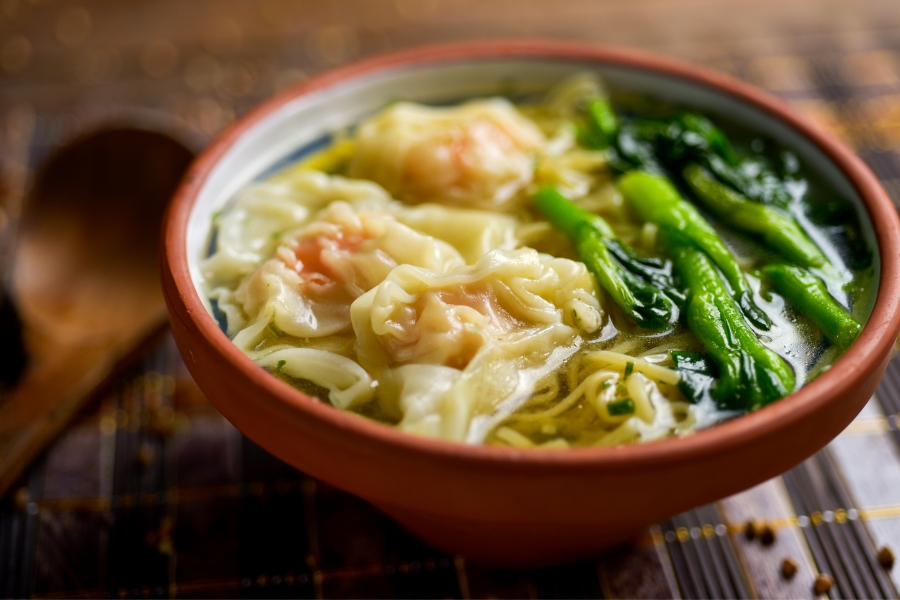
I’ve made—and published—so many recipes. Indian cuisines, Mexican dishes, beverages, salads, dips… and the list goes on. But today, I’m sharing something new.
A Chinese recipe, or more particularly, a vegan Chinese noodle soup recipe 😋 (The chilly weather is coming up, and I knew it was just about time to share this comforting recipe with you).
Table of Contents
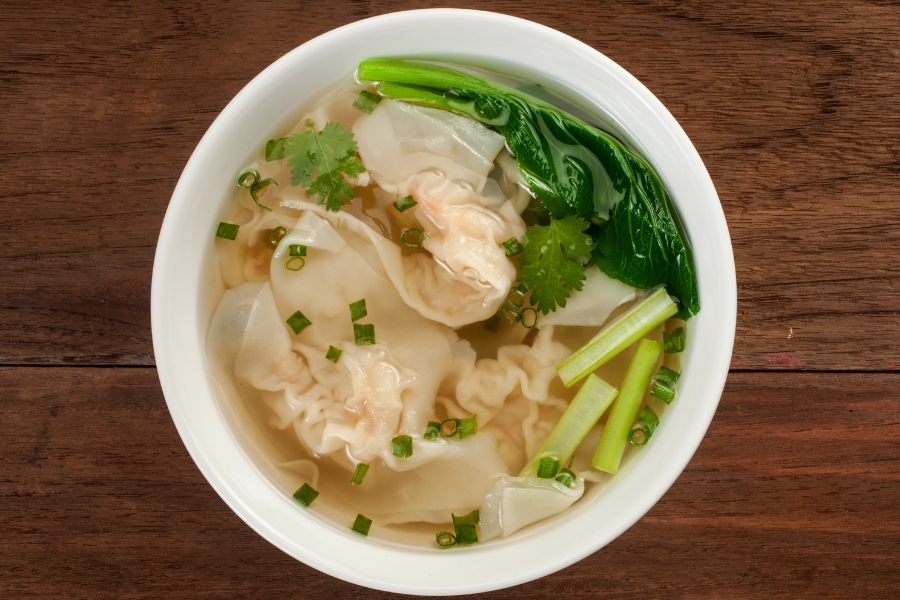
Why This Recipe Works
So Good
Cold evenings call for warm meals. And, guess what? Nothing comes close to this Chinese noodle soup in terms of warmth.
A Superstar in Nutrition
Plenty of protein and low in calories (< 330). High in fibre and low in saturated fat. Gluten-free, oil-free, and dairy-free. No wonder why this soup became one of my favourite dishes on just the first try 😉
An Absolute Treat
As nutritious as my Chinese noodle soup is… it has ✨ comfort food ✨ written all over it. Your kids might well ask for seconds—so you want to keep some extra on hand.
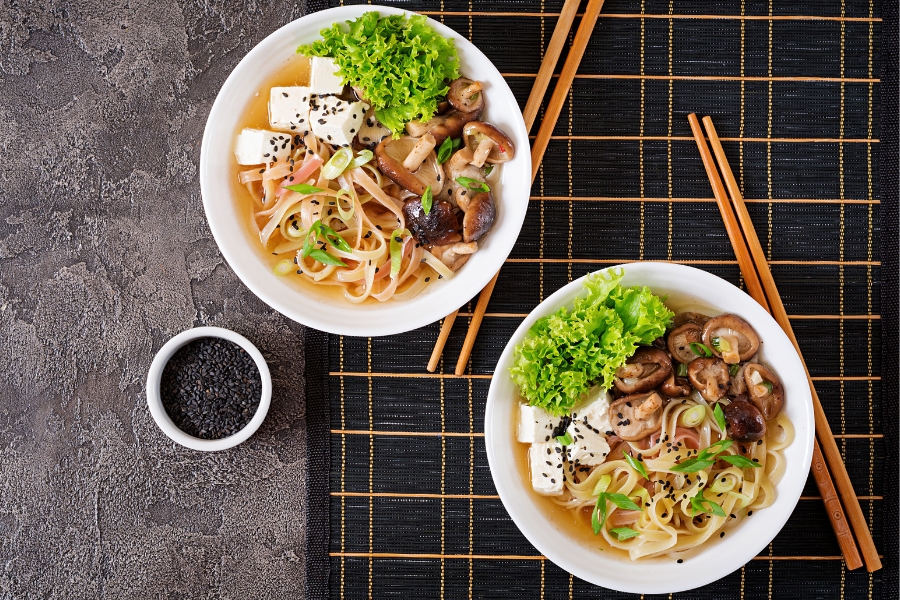
Recipe Ingredient Notes
Extra firm tofu. The ingredient that adds most of the protein (13 g per serving) and texture to the soup. I use extra firm tofu because it maintains its structure during cooking (and you can easily find it at every grocery store).
Cornflour. To crisp up the tofu when frying.
Chinese five-spice powder. It’s a Chinese spice blend made of ingredients like star anise, fennel, cinnamon, cloves, and Sichuan peppercorn. I used it for a warm and slightly peppery flavour in the soup.
Large onion (diced small). To create a savoury base. I used yellow onions because they caramelise beautifully. You will also notice how perfectly they blend into the broth.
Ginger (fresh, grated) and garlic cloves (crushed). The powerful combo. The soup would actually lack its depth without these two.
Peanut butter. I like thick, creamy soups—and peanut butter helps with that. It adds the perfect smooth texture. Be sure to use an unsweetened version, so you don’t disrupt the savoury flavour profile.
Carrots (sliced thinly). For a crunchy bite. I used regular orange carrots, found at every grocery store. If you want a more colourful soup, try rainbow carrots (yellow, purple, and white).
Stock with Marmite or yeast extract. Chinese soup is incomplete without an umami flavour!
Tamari. Again, for the umami flavour. You can also use soy sauce if you’re not looking for a gluten-free Chinese soup recipe.
Chinese cooking wine. I add it early in the cooking process to allow the alcohol to cook off. It brings excellent depth to the base!
Agave or maple syrup. Balances the flavours.
Tabasco. To introduce a hint of spice. Any hot pepper sauce works, though.
Mixed oyster & shiitake mushrooms. For that meaty soup flavour… without actual meat.
Samphire. A popular ingredient for seafood dishes, but tastes great in this soup, too!
Red chillies (diced small). I like to make my recipes presentable, hence the reason why I tossed in some red chillies (and, of course, for a bit of heat too).
Noodles. Makes the dish so satisfying, so hearty. For gluten-free noodle soup, use Shirataki or rice noodles.
Baby Pak Choi (a leafy green vegetable). For some greens and crunch. Leave whole if small, or chop larger ones. Bok choy is perfect for this dish, too.
Lemon juice (freshly squeezed). Lime juice works, too. The purpose is to add a refreshing touch.
Spring onions, aka scallions (chopped small). I add this towards the end for that crunchy bite.
Coriander (cilantro), chopped. You’re going to use it as a topping, so you’d want it to be fresh.
Salt and pepper.
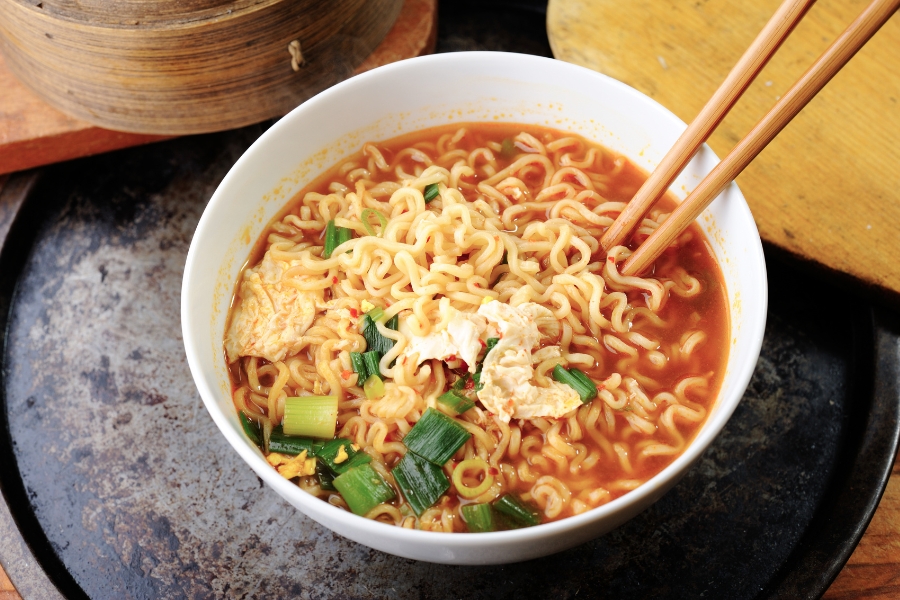
How to Make Plant-Based Chinese Noodle Soup
Prepare the tofu, if it isn’t already smoked or spiced. Mix the cornstarch and Chinese five-spice powder in a container (which has a lid), and add the tofu. You then want to move it around—with the lid on—to make sure the tofu is nice and covered.
Fry the onions for a few minutes. You don’t need any oil here. Add a bit of Himalayan pink salt, garlic, and ginger, and continue to dry fry. If need be, you can add your stock (one tablespoon at a time) to deglaze the pan.
Build the base. Add the peanut butter, carrots, and 1/2 the stock and stir; turn the heat up to medium/high to bring the soup to a simmer.
Mix in the flavour enhancers. This includes the tamari or soy sauce, wine, hot sauce, agave, mushrooms, samphire, chillis, as well as the rest of the stock.
Simmer the soup, after it has started to boil. Reduce the heat to low or medium-low—and let it simmer for a good 10 minutes.
Cook the noodles according to the package instructions. You want to leave them in water until ready to serve (this makes sure they don’t stick together).
Toss in the greens. In the final few minutes of simmering, add the baby pak choi to the soup.
And, time to enjoy. After draining your noodles, divide them into bowls. Ladle the hot soup over ‘em, sprinkle the toppings, aaannd time to cosy up 😋 💚
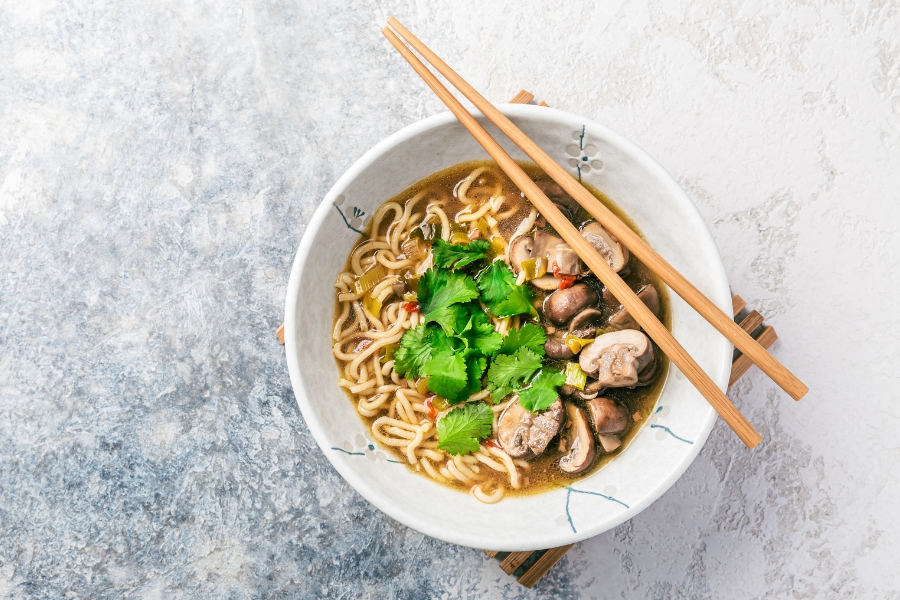
Variations, Ideas & Notes
Ever happened that you reach your hand in there for some tofu, but end up with tempeh instead? Don’t worry, even the best of us don’t have our pantries fully stocked 24/7. And this recipe gives you plenty of flexibility 😉
Substitute Ingredients
Mushrooms instead or as well
Regular flour instead of cornflour
Almond butter instead of peanut butter
Courgettes (zucchini) instead of carrots
White wine instead of Chinese cooking wine
Sambal oelek instead of hot pepper sauce
Wakame instead of samphire
Spinach instead of pak choi or bok choy
Also, there’s quite some space to add your favourite ingredients…
Optional Add-ons
Toasted sesame seeds
Miso paste
Coconut milk (if you don’t want to add nut butter but still want a thick soup)
Bean sprouts
Lemon grass
Nori
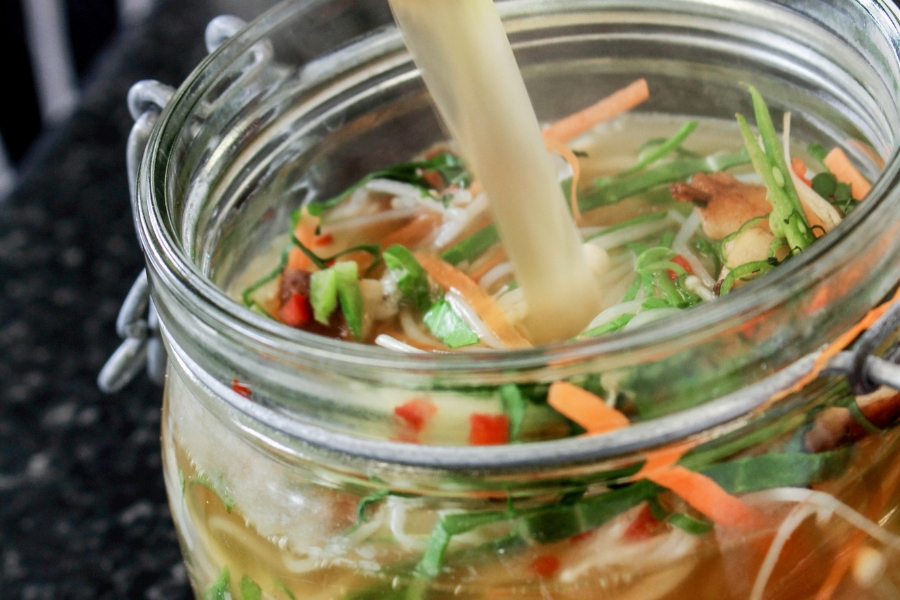
Pro Tips
I always give the tofu a good press before coating it with spices and cornflour. This removes extra moisture and makes for a crispier end result. Also, make sure to fry the tofu in batches, so each piece has enough space to crisp up.
Use Chinese five-spice powder sparingly. Its flavour can be quite intense 🥵
Slice the carrots thinly so they don’t take too long to cook.
Slice and saute the mushrooms before adding to the soup (this helps release flavours).
No need to chop samphire—simply add it towards the end of cooking for texture.
Add Baby Pak Choi around 5-10 minutes before the soup is done to retain its crispness.
Keep noodles al dente. Overcooked noodles can become mushy when you ladle over the hot soup.
Make the soup as mild or spicy as you want. The authentic recipe is super spicy, though!
Keep the soup at a gentle simmer. Boiling it too hard can break down the vegetables.
If the broth tastes flat, it’s your cue to add some more umami flavours. You know, Marmite, tamari or soy sauce, miso paste, etc.
Use your vegan Chinese noodle soup to put those leftover veggies to good use—like bell peppers, broccoli and courgettes (zucchini).
Don’t skip the garnish; it’s going to add so much flavour.
If you don’t like cold noodles (I mean, who does?), place them at the bottom of the bowl—under the soup.
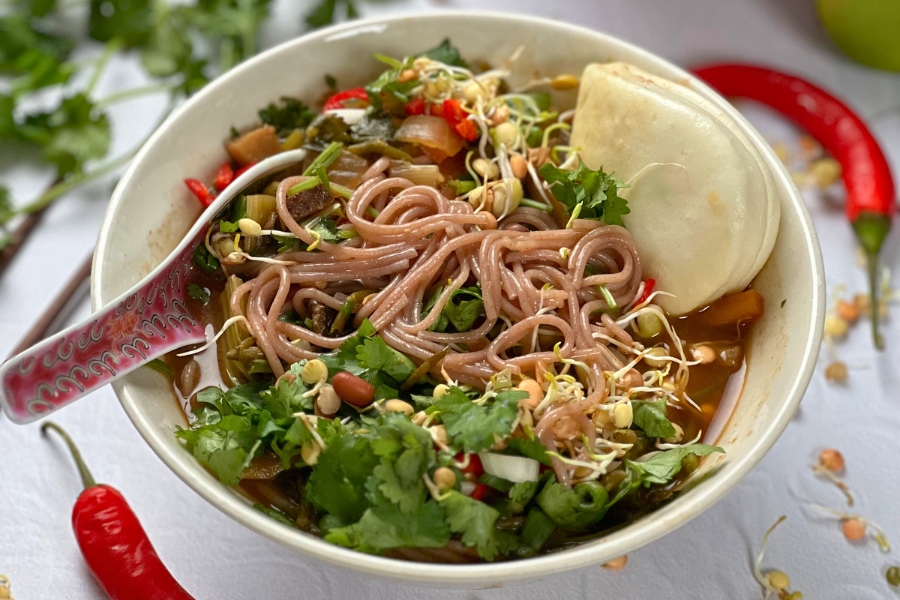
Frequently Asked Questions
How to serve vegan Chinese noodle soup?
You can pair your Chinese noodle soup with anything you think it’d make a good combo with 😁
As a starting point—
Crispy wontons
Chilli garlic tofu
Dim sum platter
Bao buns
Can I use a different type of tofu for this recipe?
Yes, but remember, the soup might lack that super crispy element.
Do dried mushrooms work instead of fresh?
Yes. Just rehydrate dried shiitake (or oyster) mushrooms in hot water for about 20 minutes, then add them to the soup. And don’t throw out the soaking water—save it to give the broth extra mushroom flavour!
Is Chinese noodle soup meal-prep friendly?
Yep, it is. But for the best results, I recommend keeping the soup and noodles separate up until they’re ready to serve.
Can I freeze plant-based Chinese soup?
You can freeze the broth (without the noodles and greens). Add the toppings and cook the fresh noodles right before eating.
Did You Love the Recipe as Much as I Do?
Comment below or leave a ⭐⭐⭐⭐⭐ rating on the recipe card. And if you’re not making vegan Chinese noodle soup today, you can Pin the recipe card on your
Chinese cuisine board—and don’t forget to tag me @vegan.susy on Instagram to show me your 👩🏻🍳MasterChef creation 🤗
💚 Other Soup Recipes You Would Love…
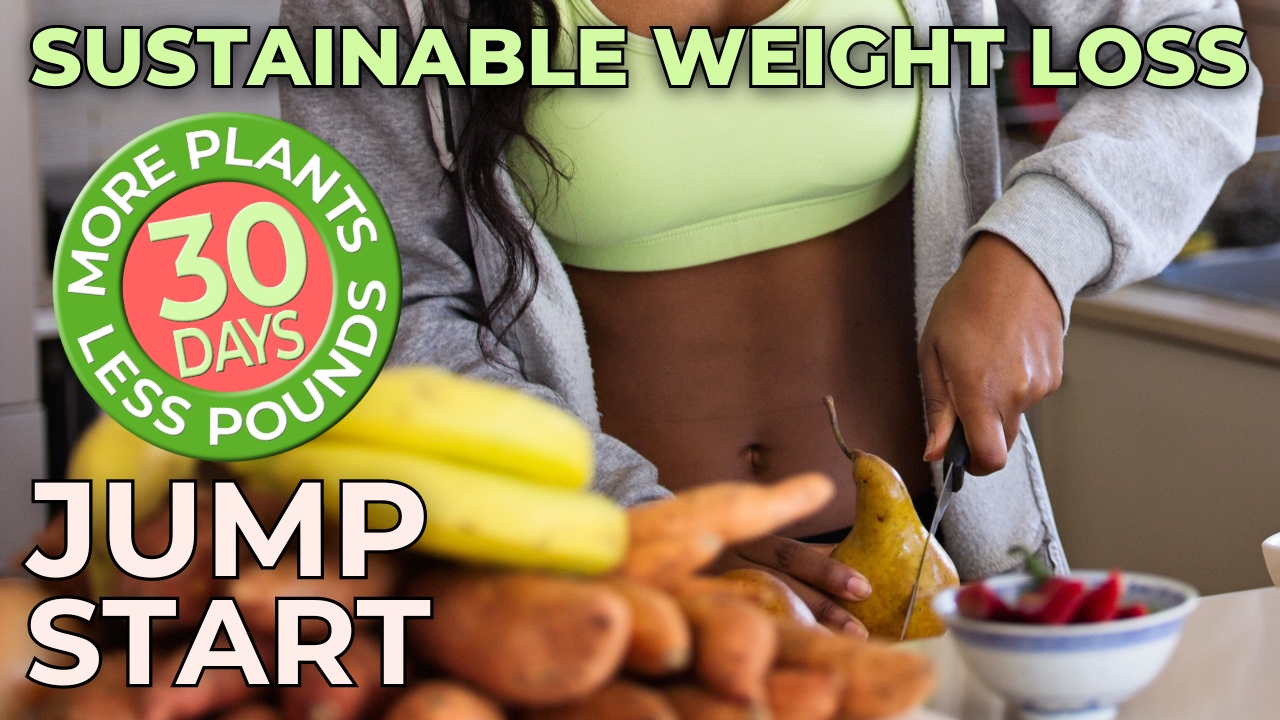
More Free Resources
Unlock Your Transformation Today!
Empower Yourself: Embark on a Delicious Fat Loss Adventure


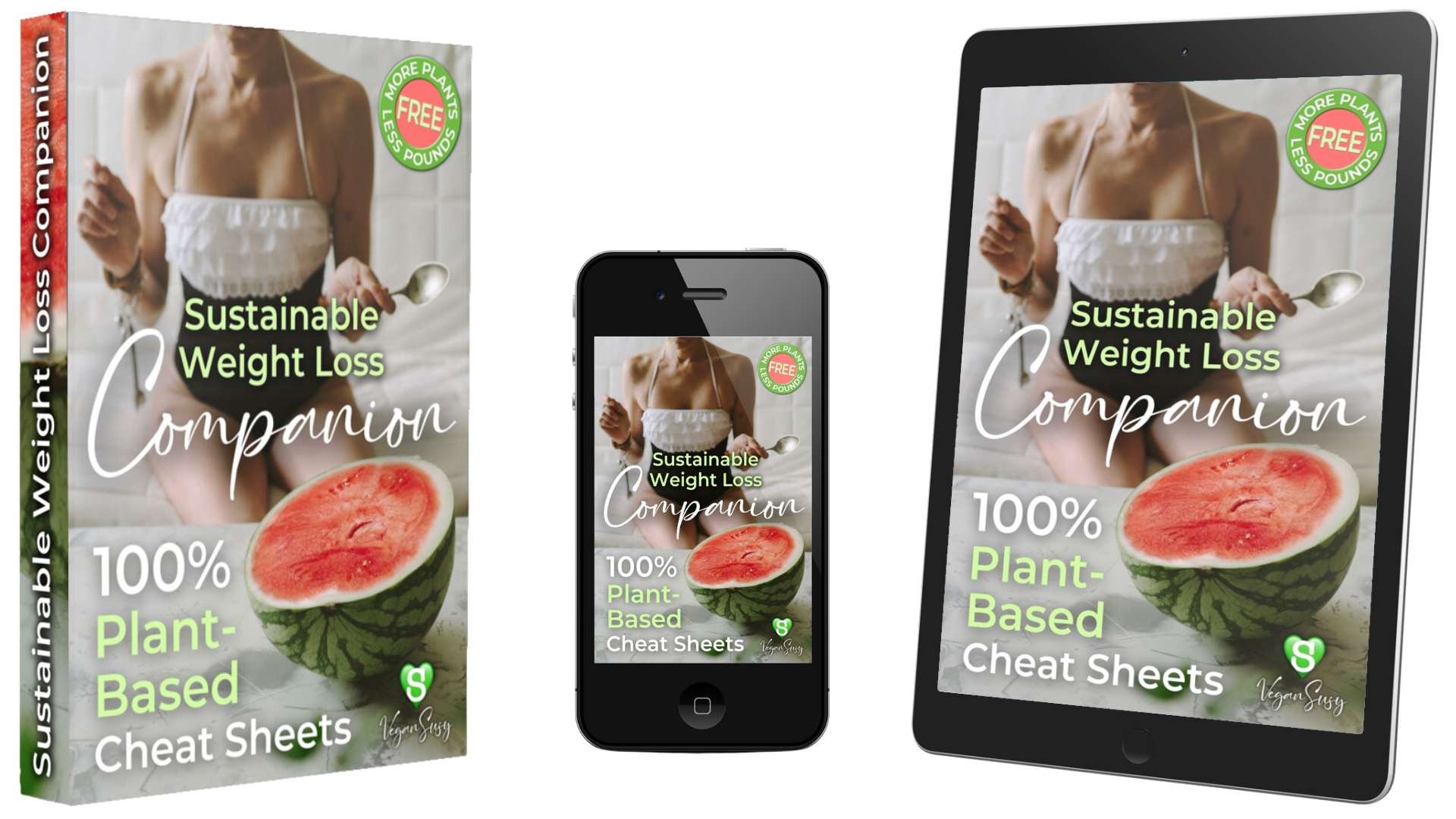
🍉 Get Ready to Jump Start Your Fitness Goals AND DISCOVER A HEALTHIER YOU!
🍉 Let's Make Your Fat Loss & Optimum Health Journey a Delicious Success Story!
🍉 Get The FREE Sustainable Weight Loss Companion eBook and CHEAT SHEETS!
© 2025 VeganSusy Ltd. All Rights Reserved




